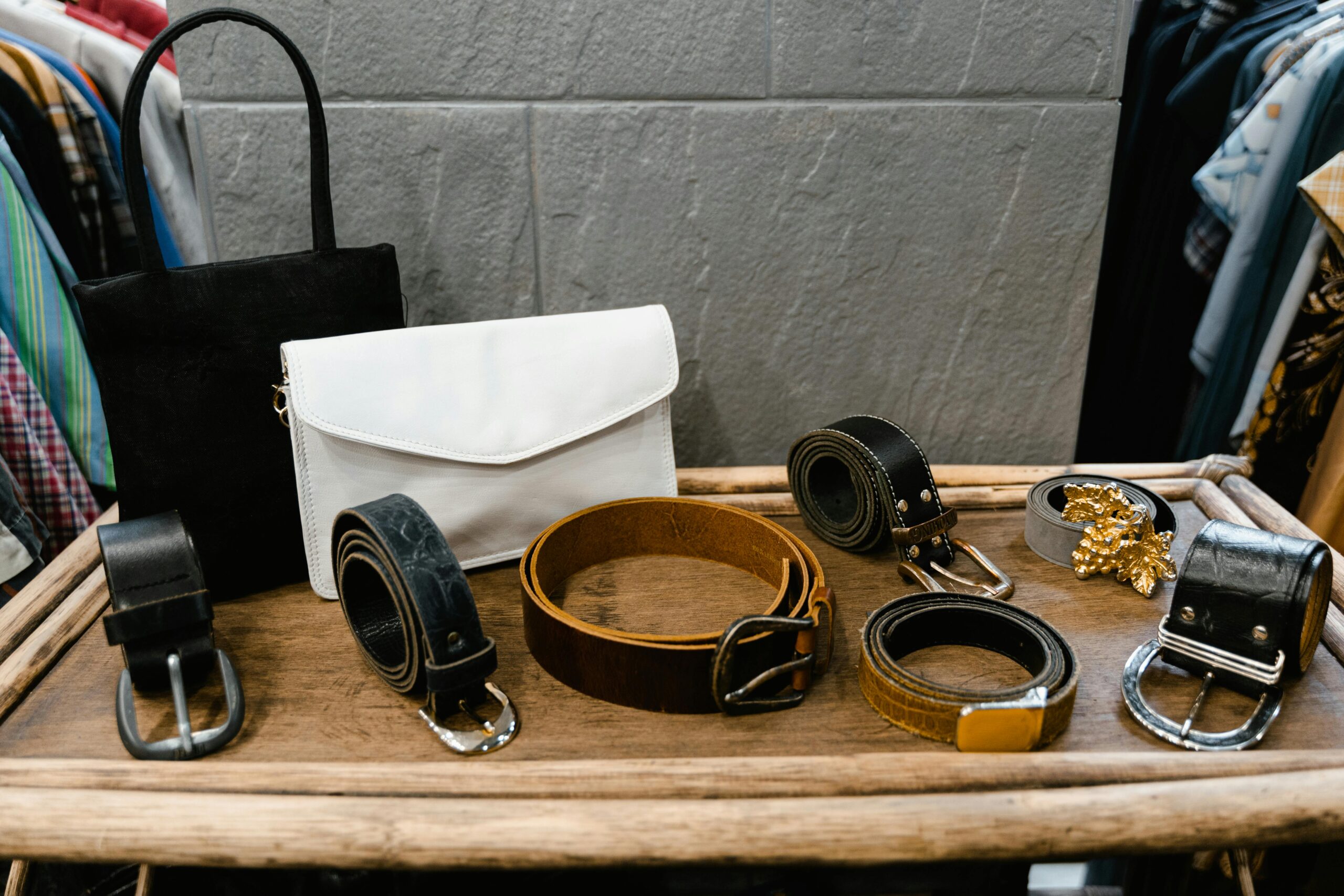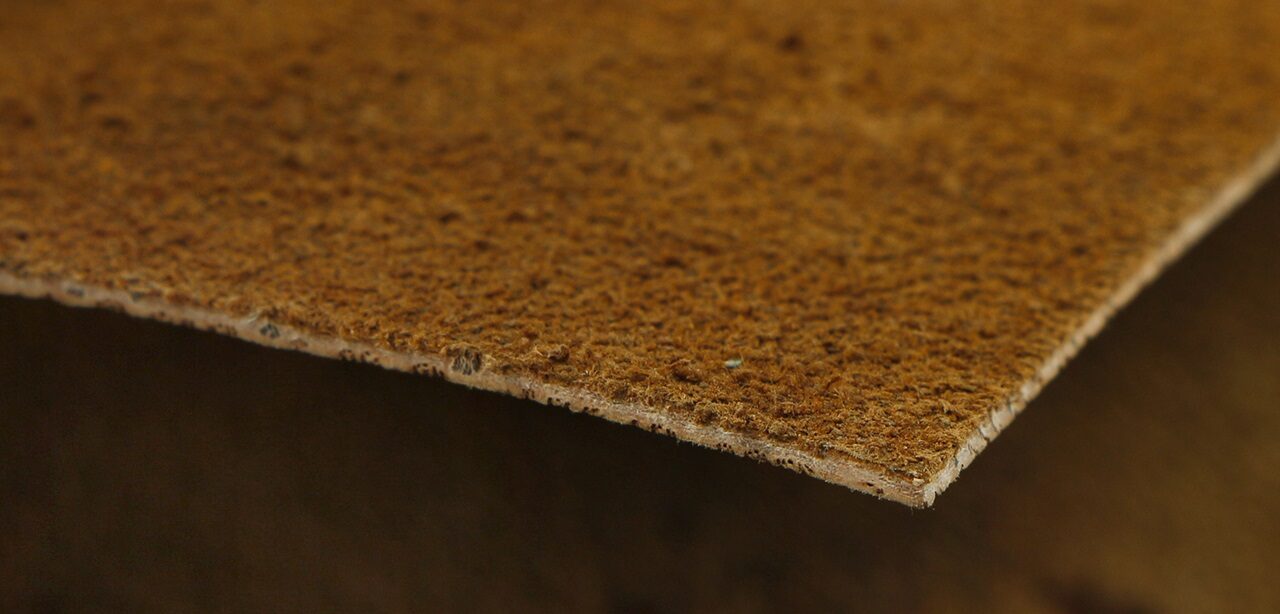
Blog
Key Tips When Buying Leather Products

Purchasing leather products can be a wise and durable investment. Given the higher price point of these items, it is essential to exercise caution when buying. This article outlines key considerations for selecting the best leather products.
1. Understand Different Types of Leather :
When it comes to leather products, understanding the various types of leather is crucial for making an informed purchase. Each type has its own characteristics, benefits, and ideal uses. Here’s a deeper look at the most common types of leather:
1.Full-Grain Leather :
– Definition: Full-grain leather is made from the top layer of the hide, which includes all the natural grain and markings. It is not sanded or buffed, preserving the hide’s original texture.
– Durability: This type of leather is extremely durable and ages beautifully, developing a rich patina over time. It is resistant to wear and tear, making it ideal for items that see heavy use, like bags and jackets.
– Breathability: Full-grain leather is breathable, allowing moisture to escape. This characteristic helps maintain comfort, especially in footwear and clothing.
– Care: While it requires regular maintenance to keep it looking its best, it can be cleaned and conditioned easily. With proper care, full-grain leather can last for decades.
2. Top-Grain Leather :
– Definition: Top-grain leather is the second-highest quality. It is made from the upper layer of the hide but has been sanded and treated to remove imperfections, resulting in a smoother surface.
– Durability: While still durable, top-grain leather is slightly less robust than full-grain. It is more resistant to stains and scratches, making it a popular choice for furniture and accessories.
– Appearance: This type of leather often has a more uniform appearance due to the sanding process, which can be appealing for certain designs.
– Care: Top-grain leather requires similar care to full-grain but may be slightly easier to clean due to its treated surface.
3.Genuine Leather :
– Definition: Genuine leather is a term that often confuses consumers. It refers to any leather that is made from real animal hide, but it is typically of lower quality than full-grain or top-grain leather.
– Durability: Genuine leather can be less durable and may wear out more quickly. It often lacks the natural grain and texture of higher-quality leathers.
– Use: This type of leather is commonly used in less expensive items such as wallets, belts, and some types of footwear.
4. Suede :
– Definition: Suede is made from the inner layer of the hide, giving it a soft and velvety texture. It is often used for clothing, shoes, and accessories.
– Durability: While stylish, suede is less durable than full-grain or top-grain leather and is more susceptible to stains and water damage.
– Care: It requires special care to maintain its texture and appearance. Regular brushing and the use of protective sprays are recommended.
5. Nubuck :
– Definition: Nubuck is similar to suede but is made from the outer layer of the hide. It has a plush, velvety finish and is more durable than suede.
– Durability: Nubuck is resistant to wear but can still be prone to staining and water damage.
– Care: Like suede, it requires special care and should be treated with protective sprays to enhance its longevity.

2.Examine Stitching and Construction Quality :
The quality of stitching and construction is a crucial factor in assessing the value and durability of leather products. Here’s a deeper look at this important consideration:
1. Stitching :
– Type of Stitching: Tight and even stitching is indicative of high quality. Lock-stitching (often referred to as saddle stitching) tends to be more durable compared to regular stitching and provides greater resistance to stress.
– Stitch Density: The number of stitches per inch can also impact quality. A higher stitch density generally means greater strength and durability.
– Thread Material: The type of thread used in stitching is significant. Polyester or nylon threads are typically more resistant to wear and moisture compared to cotton threads.
2. Structure :
– Support Structure: Assessing the support structure of the product is essential. Good support contributes to better shape retention and durability. For example, leather bags with proper support hold their shape well and do not sag.
– High-Stress Areas: Pay attention to areas such as corners, zippers, and buttons. These sections are often more prone to wear and should be reinforced with careful stitching.
– Connection Strength: Ensure that connections (like handles and straps) are securely stitched. These points typically endure more stress and require adequate strength.
3. Details and Finishing :
– Finishing: Attention to finishing details, such as the edges of the leather, can indicate craftsmanship quality. Clean and smooth edges typically reflect precision in construction.
– Use of Adhesives: In some leather products, adhesives are used to enhance durability. Check that the adhesive is applied correctly and does not negatively affect the leather.
4. Final Inspection :
– Practical Testing: If possible, handle the product to assess its usability. Weight, balance, and ease of use are good indicators of construction quality.
– Comparison with Similar Products: If you have multiple similar options, compare them in terms of stitching and construction quality. This comparison can help you make a better choice.

3. Assess the Scent and Texture of the Leather :
The scent and texture of leather are essential indicators of quality and authenticity. Here’s a detailed look at how to evaluate these aspects when purchasing leather products:
1. Scent :
– Natural Aroma: High-quality leather typically has a rich, natural smell that is distinct and pleasant. This scent is a result of the tanning process and the natural oils present in the leather.
– Chemical Odors: If you encounter a strong chemical or synthetic odor, it may indicate the use of inferior materials or subpar tanning processes. Such smells can suggest that the leather has been treated with harsh chemicals, which may affect its durability and safety.
– Aging Scent: As leather ages, it often develops a more appealing and rich aroma. When assessing vintage or second-hand leather items, a pleasant, mellow scent can indicate quality.
2. Texture :
– Softness and Supple Feel: Quality leather should feel soft and supple to the touch. It should not feel overly stiff or plastic-like. High-quality leather allows for flexibility and movement.
– Natural Variations: Authentic leather often has natural imperfections, such as scars or wrinkles, which add character. These variations indicate that the leather is genuine and not artificially manufactured.
– Surface Finish: Different types of leather have unique textures. For example:
– Full-grain leather has a more rugged, natural texture.
– Top-grain leather is smoother due to the sanding process.
– Suede has a soft, velvety feel, while nubuck is plush yet durable.
3. Visual Inspection :
– Surface Quality: Examine the surface for any inconsistencies or blemishes. While natural imperfections are acceptable, large flaws or irregularities could indicate lower quality.
– Finish: The finish of the leather should be even and well-applied. Poorly finished leather may peel or wear unevenly over time.
4. Practical Feel :
– Mobility and Flexibility: When you handle the leather product, it should be easy to manipulate. Stiff or unyielding leather is often a sign of lower quality.
– Comfort: If you are purchasing leather clothing or footwear, try them on to assess comfort. Quality leather should conform to your shape without causing discomfort.

4.Consider the Price :
Price is one of the most important factors when purchasing leather products, and it should be carefully evaluated. Here are key points to consider regarding leather pricing:
1. Price Comparison :
– Market Research: Before making a purchase, research the market and compare prices. This will help you find a reasonable and fair price for the product you are interested in.
– Reputable Brands: Products made by reputable brands typically come with a higher price tag, but this cost is often justified by better quality, durability, and warranty.
2. Quality vs. Price :
– High Quality: High-quality leather usually carries a higher price, but this price reflects greater value and durability. Choosing a quality product can lead to cost savings in the long run.
– Cheap Leather: Lower-priced leather products may be made from inferior materials or through low-quality manufacturing processes. While they may seem appealing in the short term, they are likely to have less durability.
3. Discounts and Sales :
– Seasonal Discounts: Pay attention to seasonal sales and promotions. Many retailers offer special discounts during specific times, such as holidays or change of season.
– Online Shopping: Many online stores provide exclusive discounts that can help you purchase quality products at more affordable prices.
4. Additional Costs :
– Maintenance Costs: Keep in mind that some leather products require special care and maintenance, which may incur additional costs. Factor these expenses into your overall budget.
– Warranty and After-Sales Service: The cost of warranty and after-sales services may also add to the final price of the product. These services can provide added value to your purchase in the long term.
5. Review Warranty and Return Policy :
Warranty and return policies are crucial factors to consider when purchasing leather products. They provide you with protection and peace of mind regarding your investment. Here’s a closer look at what to keep in mind:
1. Warranty :
– Duration of Warranty: Check the length of the warranty offered by the manufacturer or retailer. A longer warranty period often indicates confidence in the product’s durability and quality.
– Coverage Details: Understand what the warranty covers. Some warranties may cover manufacturing defects only, while others might also include wear and tear or damages caused by regular use.
– Claim Process: Familiarize yourself with the process for making a warranty claim. A straightforward and transparent claim process is a good sign of a reputable company.
2. Return Policy :
– Time Frame: Look for the time frame within which you can return the product. Many retailers offer a 30-day return policy, but some may provide longer periods.
– Condition of Returns: Understand the condition in which items can be returned. Some retailers may require the product to be unused and in its original packaging, while others may allow returns even after limited use.
– Refund vs. Store Credit: Check whether you will receive a full refund or store credit for returns. Knowing this can help you decide if the purchase is worth the risk.
3. Customer Reviews and Reputation :
– Research Feedback: Look for customer reviews regarding the warranty and return experiences. Positive feedback can indicate that the company stands behind its products and offers good customer service.
– Reputation of the Retailer: Purchase from retailers or brands with a good reputation for handling warranty claims and returns. This can save you headaches in the future if issues arise.
4. Importance of Policies :
– Peace of Mind: Having a solid warranty and return policy provides peace of mind, knowing that you are protected in case the product does not meet your expectations or has defects.
– Informed Decision: Understanding these policies can also inform your decision-making process. If a retailer offers a robust return policy, it may indicate confidence in their products.
Conclusion
Purchasing leather products requires careful consideration. Key points to keep in mind include:
1. Types of Leather: Understanding different types of leather for a suitable choice.
2. Stitching Quality: Inspecting stitching and construction to ensure durability.
3. Scent and Texture: A natural scent and soft texture are indicators of quality.
4. Price: Comparing prices for a smart purchase.
5. Warranty and Return Policy: Being aware of warranty terms and return policies.
By following these tips, you can make an informed and satisfying purchase of leather products.

